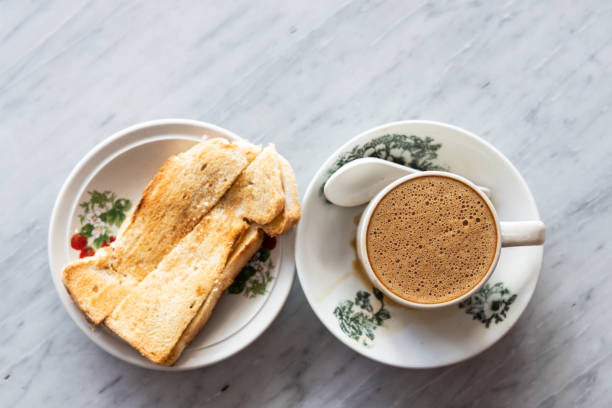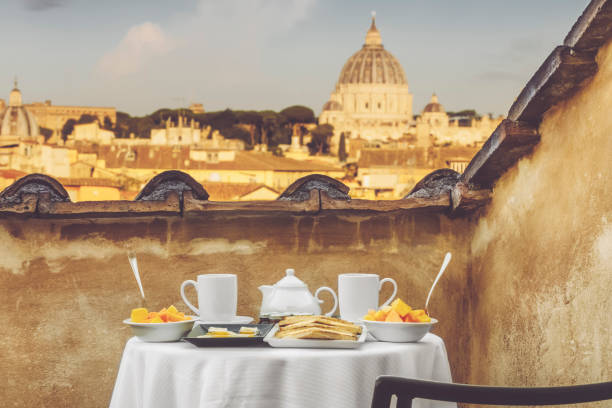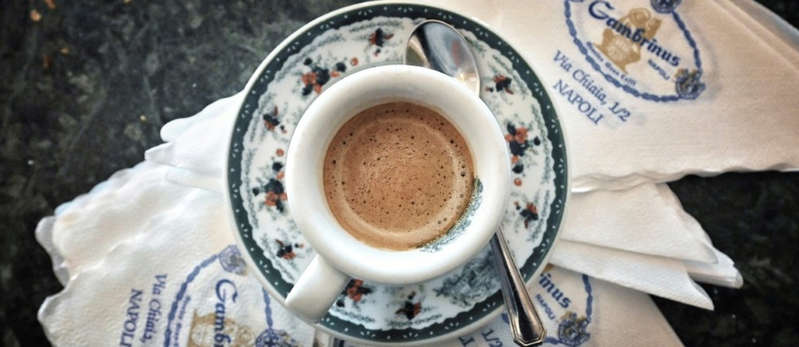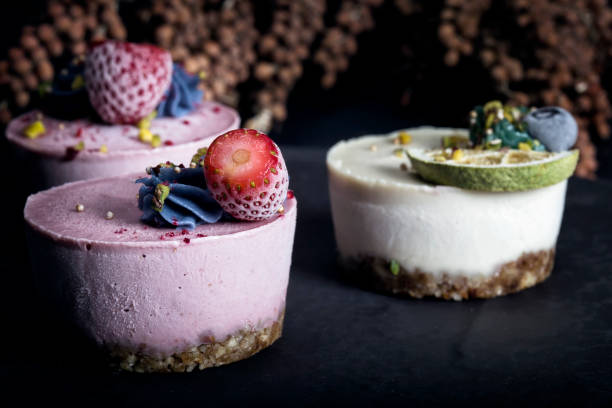Italian espresso is not just a shot of caffeine: it is a social and cultural ritual considered in the peninsula as a national treasure worthy of entering the intangible heritage of Unesco.
Italians swallow about thirty million espressos a day, from Venice to Sicily, in porcelain cups or small glasses, with or without a cloud of milk. For them, it is not only a solitary pleasure, it is also a moment of conviviality.

“Espresso is an excuse to tell a friend that you care about him,” Massimiliano Rosati, owner of the ancient and prestigious Gambrinus café in Naples, who helped put the ritual on UNESCO’s list of intangible heritage of humanity, told AFP.
“We drink it every day, at any time. It’s a moment of sharing, a magical moment,” he enthused.
The gleaming machine enthroned behind the marble counter whistles and trembles when the “barista” cups the ground coffee into the small receptacle that he inserts into the machine before activating a switch to run the almost boiling water over the fragrant powder.

“Toast”
An espresso worthy of the name is about 25 milliliters and its “aroma must be intense and rich in floral, fruity notes, chocolate and toast,” according to the Italian Espresso Institute, founded in 1998 to set in stone the rules governing its making.
“In the mouth, the espresso must be full-bodied and velvety, with a fair dose of bitterness”, it is specified, without forgetting on the surface “a cream (…) of hazelnut color tending on black, characterized by reflections tawny color”.

The application for inscription on the World Heritage List was sent by the Ministry of Agriculture to the UNESCO National Commission for Italy, which must in turn submit it by 31 March to the headquarters of the UN agency in Paris.
Many Italian traditions have already been recognized by UNESCO, from truffle picking to the art of Neapolitan pizza to the Mediterranean diet and violin making in Cremona.
Drinking an espresso “is a ritual, sacred in a way,” confirms Annamaria Conte, a 70-year-old retired teacher and regular at the Gambrinus, located a stone’s throw from the famous San Carlo Opera Theatre and the waterfront.
Some enthusiasts like to accompany their coffee with mini pizzas or small balls of fried dough covered with sugar while chatting with their neighbors.
“When I go abroad, I see people lining up to buy their coffee, standing one behind the other, sometimes looking at their smartphones or sitting on their own in a corner with a book. That’s not how it happens here,” said Massimiliano Rosati.

“Childhood memories”
“There is a still perennial custom here in some parts of Naples: when you visit someone, you don’t bring a cake or flowers, but sugar and coffee,” he says.
It was Angelo Moriondo, a Turin man, who patented the first espresso machine in 1884, but it was a Milanese, Desiderio Pavoni, who was at the origin of their mass production.
Espresso quickly became very popular from the north to the south of the country, with slight nuances depending on the region: more or less elongated, more or less full-bodied, accompanied by a glass of sparkling water.
At the Sant’Eustachio café, a Roman institution not far from the Pantheon, Yael Lesin-Davis, a 28-year-old tourist of British origin, tastes a “Moretto” espresso topped with milk foam and cocoa powder.

“I have a lot of childhood memories associated with this place where I came for a coffee, it’s really good!”
For the owner of this café, Raimondo Ricci, a small espresso has the power to ward off loneliness even when drunk alone: “Sometimes at home, we make a coffee, and this coffee maker keeps us company by filling a room, the house”, with an aroma that reminds many people of “good memories”.
Don’t miss interesting posts on Famousbio










